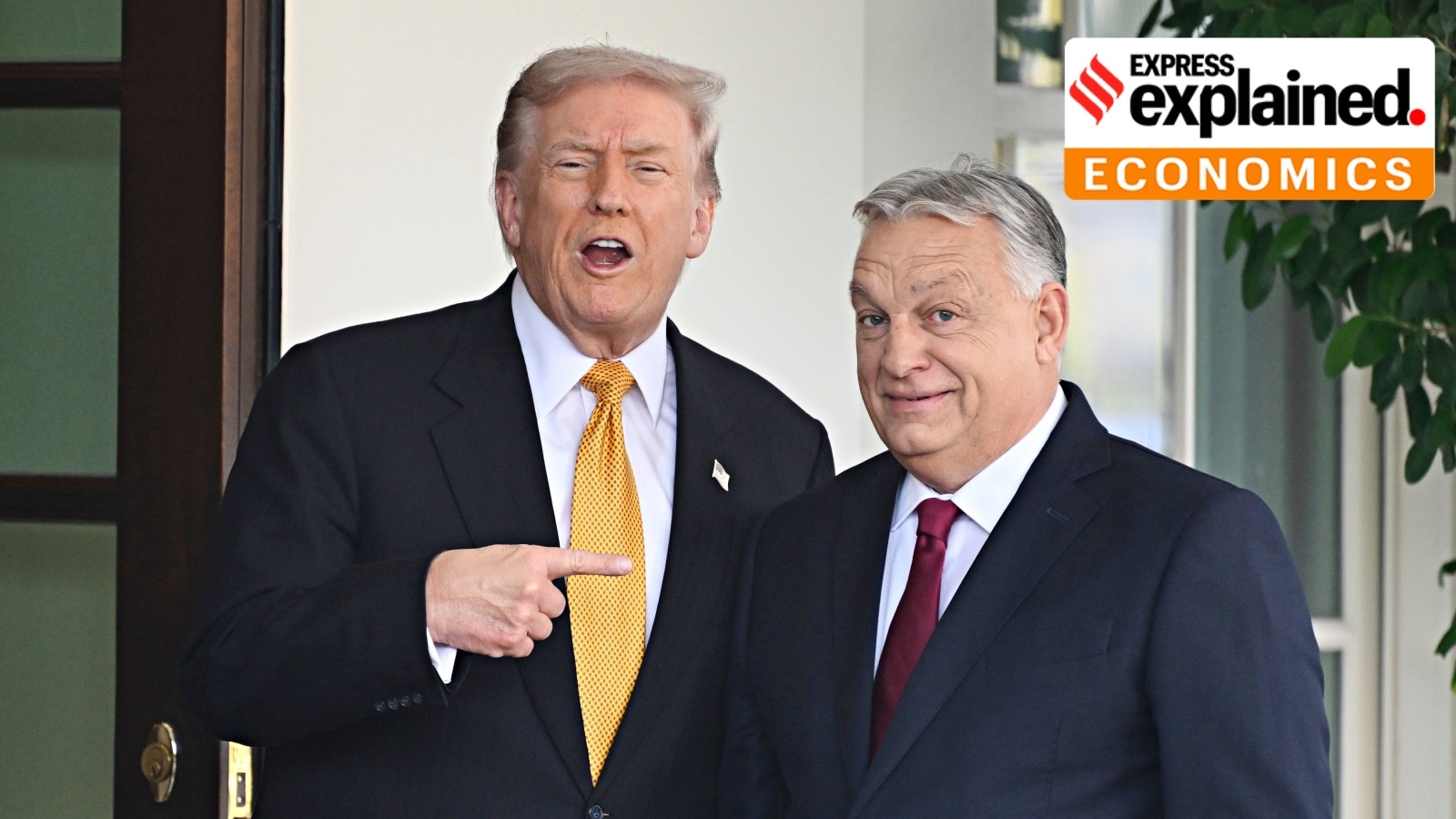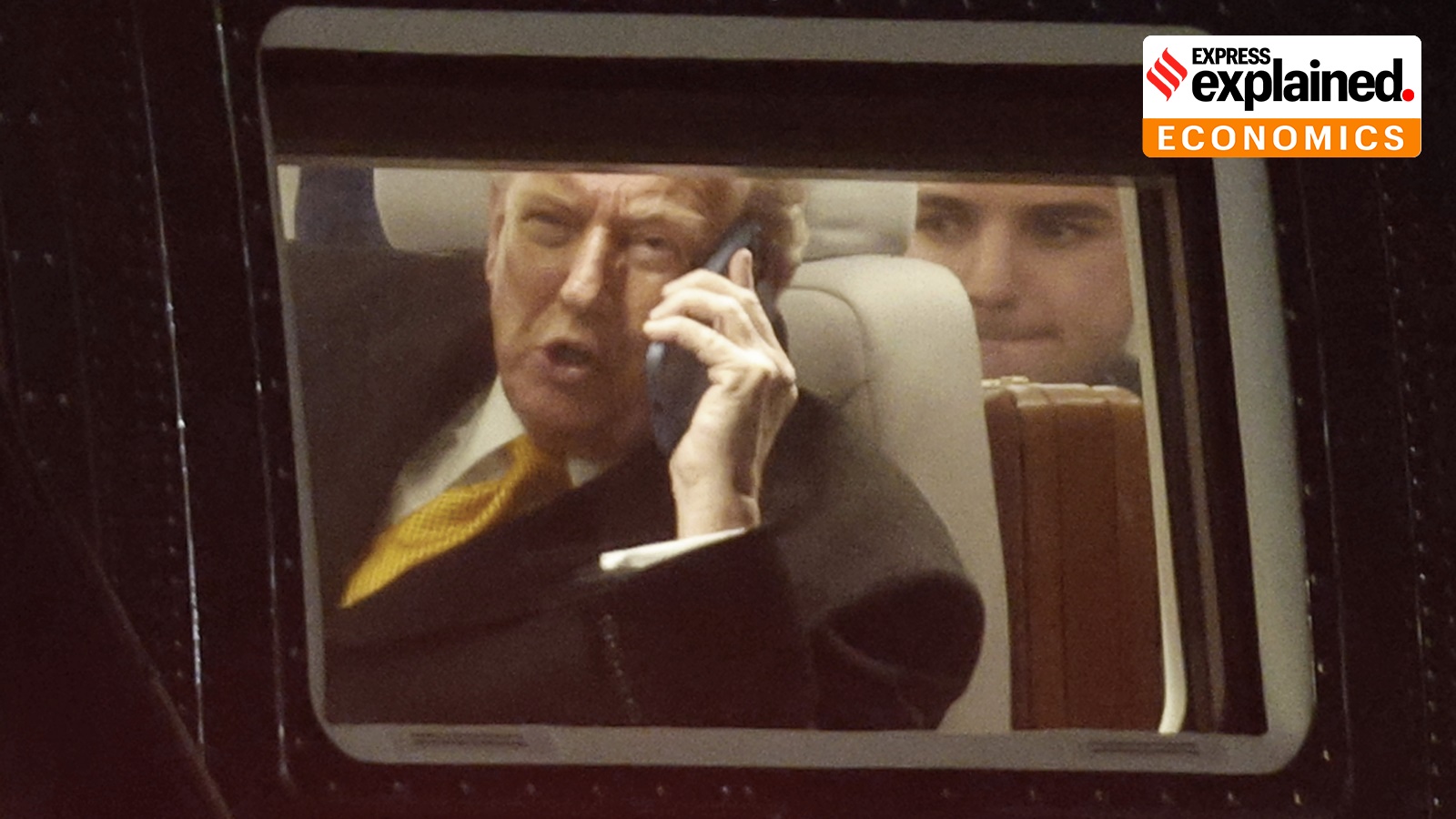Just weeks after announcing sanctions on Russian oil companies Rosneft and Lukoil on October 22, the United States on Friday (November 7) surprisingly announced a one-year waiver for Hungary after the European country committed to purchasing nearly $600 million worth of liquefied natural gas from the United States and $114 million worth of nuclear fuel.
It is worth noting that US President Donald Trump, following his high-stakes talks with Chinese President Xi Jinping on October 30, said that the issue of Russian oil had not been raised for discussion, even though China is the largest buyer of Russian oil. The country has also succeeded in establishing a domestic payment mechanism, protecting itself from sanctions in the future.
In sharp contrast, India is not only seeing a sharp decline in its exports to the United States due to higher tariffs, but has also begun to see a decline in supplies of cheaper Russian oil — a trend that could strain longstanding relations with Moscow. While low commodity prices give the United States scope to exercise sanctions at its discretion, New Delhi appears to be paying the highest price for Russian oil, unlike others.
This comes amid disagreements between the two countries regarding a trade agreement. The United States imposed steep 50 percent tariffs on India on August 27 after unable to reach a trade agreement due to several concerns, including India’s objection to genetically modified American agricultural products. India’s exports to the United States fell by 12 percent in September, particularly hitting labour-intensive exports.
The exemption granted to Hungary is more political than economic
Trump, at a news conference with Hungarian Prime Minister Viktor Orban, said European leaders should respect Orban because he “was right on immigration,” and that “Orban understands Putin, knows him well, and feels we will end that war in the not-too-distant future.”
This is something that has been observed before with Trump, who has favored or punished countries in part based on his view of their leaders’ policies. South Africa, Argentina and Brazil Here are some other examples.
In justifying the exemption, Trump said Hungary faced unique logistical challenges, including access to the sea that could be used for oil exploration. However, the Center for the Study of Democracy (CSD), a European public policy institute, said in a report that phasing out Russian oil is entirely possible for Hungary and Slovakia, as the Adria pipeline from Croatia that supplies non-Russian crude could meet their shared needs. The CSD report indicated that Hungary and Slovakia have not shown any real signs of separating from Russian crude.
Story continues below this ad
“Hungary increased its dependence on Russian crude oil from 61 percent before the invasion to 86 percent in 2024, and Slovakia remained almost 100 percent dependent on supplies from Moscow,” the report said. The Trump administration had targeted India, arguing that New Delhi had increased its imports of Russian oil after the war.
“Despite the EU’s push to reduce dependence on Russian gas, Hungary and Slovakia have significantly increased their imports via the TurkStream pipeline – transforming Hungary into a Kremlin-backed strategic gas hub in central and south-eastern Europe, undermining the EU’s diversification efforts and strengthening the murky, politically captured networks that entrench Russian influence,” the CSD said.
India’s imports of Russian oil are declining
Following the announcement of the sanctions, which are expected to take effect on November 21, Russian oil shipments to India have declined sharply. In the week ending October 27, crude oil exports to India from Russia averaged 1.19 million barrels per day, down significantly from 1.95 million barrels per day in the previous two weeks, according to provisional ship-tracking data from global commodity data and analytics firm Kpler.
As expected, the collapse in exports was driven by a decline in shipments from Rosneft and Lukoil, which account for more than half of Russia’s oil production and exports and are used to offset more than two-thirds of India’s Russian oil imports. Exports to India from Rosneft – Russia’s largest oil company – fell to 0.81 million bpd in the week ending October 27 from 1.41 million bpd the previous week. For Lukoil, no shipments to India were recorded in the week ending October 27, compared to 0.24 million barrels per day in the previous week. Indian Express I mentioned.
The way out of India is in a US deal
Story continues below this ad
Reaching a trade agreement with the United States that includes increasing US energy purchases could be a way out for India. This could also help New Delhi secure a more favorable tariff rate of 15-20 per cent. However, the ongoing US Supreme Court case over the legality of tariffs could impact the dynamics if the Trump administration loses.
Commerce Minister Piyush Goyal had said in September that India was a major energy importer and that its energy security goals would have a “very large element” of US engagement in the coming years. Expressing interest in Small Modular Reactor (SMR) innovations in the US, Goyal said the two countries will also continue to work together in the nuclear energy sector going forward.
Both small and medium-sized purchases and oil purchases feature in the US deal with Hungary as well. Hungary and the United States signed a memorandum of understanding on nuclear energy stating that both parties intend to begin negotiations to facilitate cooperation across the civilian nuclear industry, including small modular reactors (SMRs) and spent fuel storage.
“The United States and Hungary are collaborating to make Budapest a hub for the emerging small and medium-sized aircraft market in Central Europe, deploying market-leading American nuclear innovation to stimulate a new transatlantic industry. Hungary indicated that it intends to support the construction of up to 10 small-sized aircraft with a potential value of up to $20 billion,” the joint statement said.
(Tags for translation) India US Tariffs











